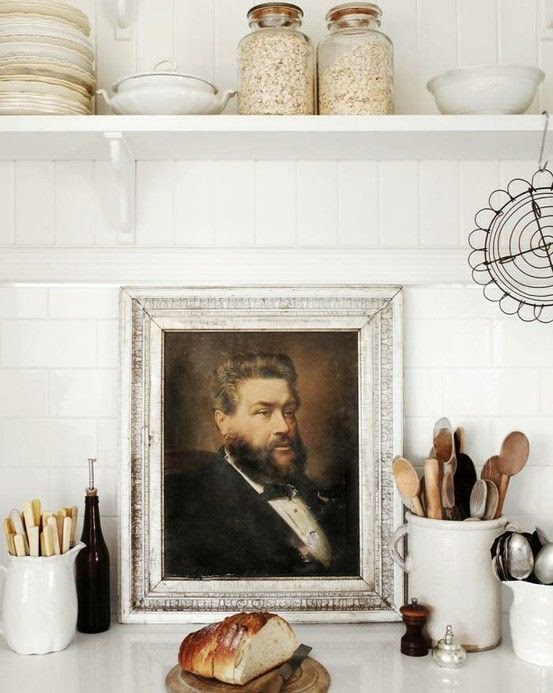I ritratti trasmettono sempre un fascino misterioso, tanto più quando ritraggono persone di cui, per ragioni anagrafiche o per altri motivi, non si sa nulla o quasi.
Il loro speciale fascino, cui scrittori di ogni epoca non sono rimasti indifferenti, è stato oggetto e fonte di ispirazione di molte opere letterarie come "Il ritratto di Dorian Gray" di Oscar Wilde, "Il ritratto ovale" di Edgard Allan Poe o, più recentemente, "La ragazza con l'orecchino di perla" di Tracy Chevalier.
Osservando un ritratto non si può fare a meno di chiedersi o immaginare cosa pensassero l'uomo o la donna rappresentati, se fossero felici o infelici, si cerca d'interpretarne lo sguardo, la posa o semplicemente ci si sofferma sui dettagli come i vestiti, gli accessori o le pettinature.
Insomma un ritratto è sempre un enigma, spesso irrisolvibile e sfuggente, ma comunque uno stimolo per l'immaginazione e la fantasia e, perchè no, un oggetto d'arredo davvero unico.
An enigma on the wall
The portraits always transmit a mysterious charm, especially when portrate people of which, because of age or for other reasons, we do not know almost nothing.
At their special charm writers of every age have not remained indifferent, and it has been a source of inspiration for many works of literature such as "The Picture of Dorian Gray" by Oscar Wilde, "The Oval Portrait" by Allan Poe Edgad or more recently, "The Girl with a Pearl Earring" by Tracy Chevalier.
Looking at a portrait you can not help but wonder or imagine what they thought the man or woman represented, if they were happy or unhappy, one tries to interpret the look, the pose or simply we focus on details like clothes, accessories or hairstyles.
In short, a portrait is always an enigma, often unsolvable and elusive, but a stimulus for imagination and fantasy, and why not, a piece of unique furniture.








































.jpg)
.jpg)







.jpg)


















